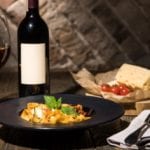 History
History  History
History  Food
Food 10 Weird Foods Inspired by Your Favorite Movies
 Religion
Religion 10 Mind-Blowing Claims and Messages Hidden in the Bible Code
 Facts
Facts 10 Things You Never Knew about the History of Gambling
 Weird Stuff
Weird Stuff 10 Cool and Creepy Facts about Collecting Tears
 Humans
Humans The Ten Most Lethal Gunslingers of the Old West
 Misconceptions
Misconceptions 10 Phony Myths and Urban Legends That Just Won’t Die
 History
History 10 Amazing Roman Epitaphs
 Weird Stuff
Weird Stuff 10 Niche Subcultures That Are More Popular Than You Might Think
 Mysteries
Mysteries 10 Tragic Disappearances and Deaths in Joshua Tree National Park
 History
History Top 10 Tragic Facts about England’s 9 Days Queen
 Food
Food 10 Weird Foods Inspired by Your Favorite Movies
 Religion
Religion 10 Mind-Blowing Claims and Messages Hidden in the Bible Code
Who's Behind Listverse?

Jamie Frater
Head Editor
Jamie founded Listverse due to an insatiable desire to share fascinating, obscure, and bizarre facts. He has been a guest speaker on numerous national radio and television stations and is a five time published author.
More About Us Facts
Facts 10 Things You Never Knew about the History of Gambling
 Weird Stuff
Weird Stuff 10 Cool and Creepy Facts about Collecting Tears
 Humans
Humans The Ten Most Lethal Gunslingers of the Old West
 Misconceptions
Misconceptions 10 Phony Myths and Urban Legends That Just Won’t Die
 History
History 10 Amazing Roman Epitaphs
 Weird Stuff
Weird Stuff 10 Niche Subcultures That Are More Popular Than You Might Think
 Mysteries
Mysteries 10 Tragic Disappearances and Deaths in Joshua Tree National Park
Top 10 Surprising Histories Of Common Fruits
Fruits are wonders of sweetness and seed that we have grown over millennia to feed ourselves. We tend to think that the various fruits we enjoy have been only slightly altered on the orchards of domestication. The truth is that there are more interesting histories of fruit than you can chew.
10 The Kiwifruit’s Nationality
 Kiwifruit, shortened as kiwi, was named after the bird of the same name due to its fuzzy brown resemblance. The curiously shaped avians are endemic to New Zealand, and you’d expect the fruits to be, too. After all, they produced over a billion dollars for the country in 2015.
Kiwifruit, shortened as kiwi, was named after the bird of the same name due to its fuzzy brown resemblance. The curiously shaped avians are endemic to New Zealand, and you’d expect the fruits to be, too. After all, they produced over a billion dollars for the country in 2015.
However, kiwifruit actually originated in China under a name that translates to “macaque peach” due to its popularity with the local monkeys. Later on, the English named it the Chinese gooseberry for reasons completely unknown.
At the turn of the 20th century, the principal of a New Zealand college had brought back some seeds from China. After a few decades, New Zealand began exporting Chinese gooseberries to the US. But it soon became apparent that nothing associated with Red China was profitable during the Cold War.
First, New Zealand changed the name to “melonettes,” but that also failed since unattractive tariffs were placed on melons and berries. Finally, in a hilarious marketing move, the goose was reasonably replaced with New Zealand’s national bird and the berry broadened into fruit.[1]
9 The Pineapple’s Adoration
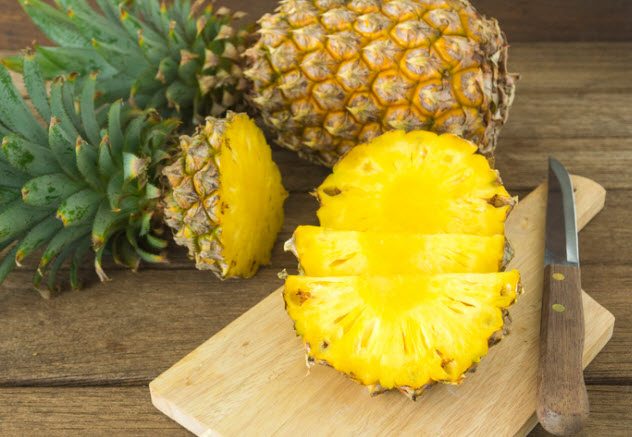
For centuries, everyone involved in the pineapple’s colonial trade absolutely adored it. The earliest records involve Carib Indians, expert navigators who traded and raided across the islands to collect all manner of bounty.
The intense sweetness of the pineapple elevated it as a staple in important feasts and cultural rites. During Columbus’s second voyage to the Caribbean, his crew hauntingly found pineapples beside pots of body parts, evidence of cannibalism at their first inspection of an abandoned Carib village.
When it was brought back to Europe, the pineapple was regarded as nature’s culinary masterpiece, a tropical delight reserved for English royalty and literally held on a pedestal during extravagant feasts because there were no common sweets back then.
The women of colonial America competed with each other in arranging creative displays of food on their tabletops, with the sharp pineapple being king of the decorations and undeniable proof of wealth. Due to its extreme rarity, producers actually rented the fruit for hostesses to proudly exhibit. Then the pineapples were given back to be sold as food.[2]
8 The Tomato’s Toxicity
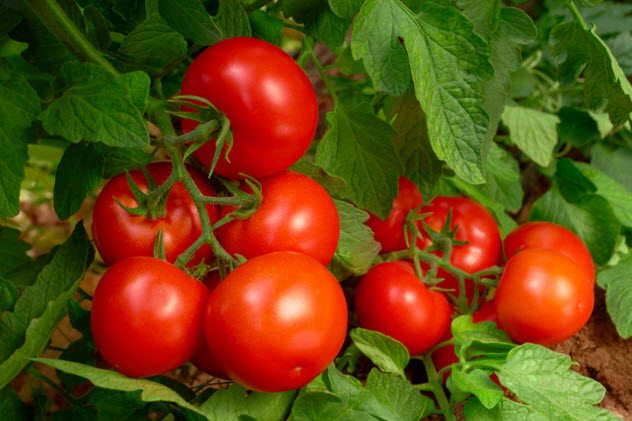
By now, it is common knowledge that the tomato has a tainted past. Being a member of the notoriously poisonous nightshade family, the bright red tomato was thought by wary Europeans to be toxic for over two centuries.
But this was no simple assumption on appearance. Affluent Europeans did die of poisoning after eating tomatoes on their pewter plates. The acidity from the fruit released lead, a component metal of pewter alloy at the time, producing a deadly combination of tableware and tomato.
Furthermore, 10-centimeter (4 in) tomato hornworm caterpillars were thought to poison the tomatoes they infested. Though we now know they are harmless, the caterpillars had a menacing red protrusion on their tails.
Established American colonists had no issue with the enjoyable tomato, but newer rural settlers still avoided it due to the lack of cross-country information sharing. Interestingly, the Civil War brought tomatoes into the spotlight in America.
As a fast-growing, easily canned food, tomatoes dominated the canning market to support soldiers on both sides. In 1880, Italian peasants popularized tomatoes in Europe as an edible ingredient in the birth of pizza, finally eliminating all fear of the fruit.[3]
7 The Avocado’s Salvation
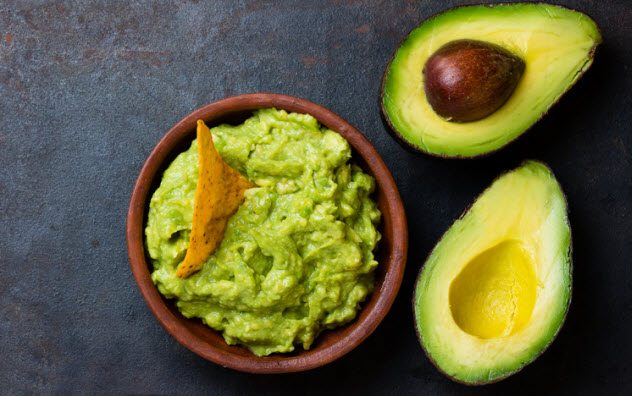
Before agriculture, avocado seeds enjoyed widespread travel in the bodies of various megafauna before being defecated in fertile feces. Birds and other small animals did not provide any benefit in helping plant the large seed and so were all lethally deterred from eating avocados through development of the toxin persin.
After the Ice Age extinction event, three-fourths of all megafauna were wiped out. With the avocado’s distributors all gone, it required a savior from extinction: us.[4]
Central Americans successfully cultivated avocados during and after the time of the megafauna and named the fruit after its similar appearance to testicles, evoking a sexual mysticism. Indeed, the avocado was thought to be such a potent aphrodisiac that virgin daughters were kept indoors when Aztec farmers harvested avocados!
6 The Pumpkin’s Tradition

Our favorite squash, the pumpkin wasn’t always able to be carved into sturdy, smiling Halloween decorations. However, even Pilgrims praised the pumpkin’s long storage time and sweetly nutritious flesh in this verse circa 1633:
For pottage and puddings and custards and pies
Our pumpkins and parsnips are common supplies,
We have pumpkins at morning and pumpkins at noon,
If it were not for pumpkins, we should be undoon.
Europeans were incremental to the creation of the modern pumpkin. The earliest jack–o’–lanterns were made from lit coals placed in hollow root vegetables such as turnips and potatoes. The lanterns were held during festivals to brighten the night.
As Celtic tradition arrived in America, the pumpkin was grown through artificial selection to become the greatest carrier of fire and light. Decades later, the pumpkin was immortalized as the joyous fruit of the harvest—a massive, creative, and delicious entity of Halloween.[5]
5 The Chili Pepper’s Ubiquity
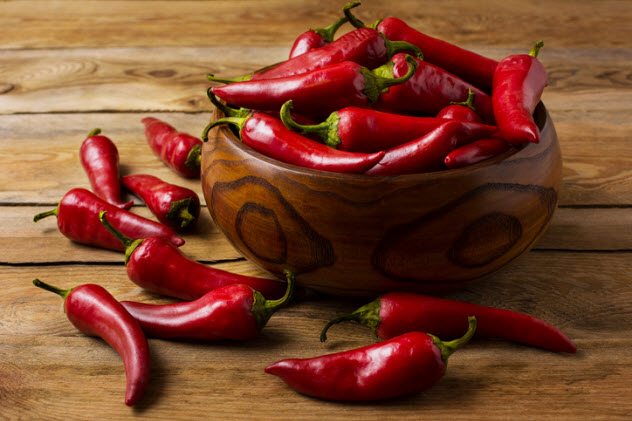
Chilies are intensely spicy to prevent animals from eating their seeds, which aren’t suited for survival past digestion. In an evolutionary insult, humans raised and ate chili peppers specifically for their natural flame, producing varieties so intense that they blister skin and blind if exposed to the eye.
Latin Americans are stereotypically known to enjoy an apparent immunity to the blazing effects, a not entirely false notion given the cultural origin of the chili.[6]
In the records of conquistadors, the Aztecs and Maya ate chilies with anything and everything. Chilies were believed to have medicinal properties to cure various sicknesses. The smoke was used as both a highly effective pest deterrent and a highly effective children’s punishment.
Chilies also achieved a legendary commonplace status. If not practicing abstinence from chilies for religious or health reasons, a person who didn’t eat chili peppers would straightaway be presumed a witch!
4 The Strawberry’s Union
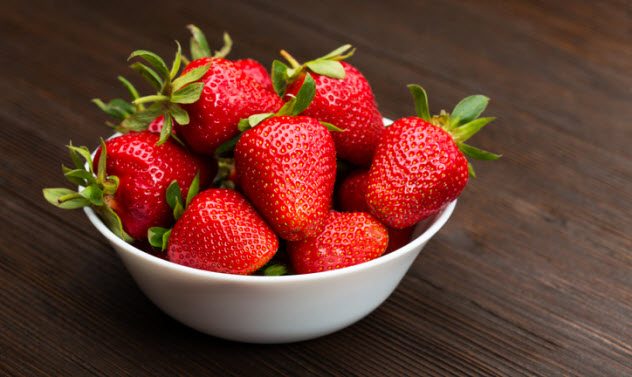
Uniquely, ancestral strawberries originated in both Europe and North America. The French selected wild strawberries for sweetness, but the fruit was still small. Only the Sun King’s plans for royal domination romantically brought the parents of the modern strawberry together from across the continents.
King Louis XIV of France desired the Spanish throne, so he assigned a spy, Frezier, to study Chilean and Peruvian fortifications. But Frezier’s duty was not only to discover the military strength of the colonial Spanish.
Previously, another dispatch had found unexpectedly large Chilean strawberries. A military engineer posing as a merchant, Frezier purchased the strawberries and brought them back to France.
For years, French gardeners couldn’t reproduce the Chilean strawberry since they grew native strawberries through asexual planting. The Chilean variety had both male and female plants. But the males were culled as weeds due to their different appearance because the Europeans didn’t know any better.
None of the European strawberries were large enough to hybridize with the Chilean, but the Virginian variety, brought over during the French colonization of North America, was. While placed in the same garden, the two plants from the New World coincidentally came together in the Old World to create the globally distributed garden strawberry we savor today.[7]
3 The Apple’s Alcohol
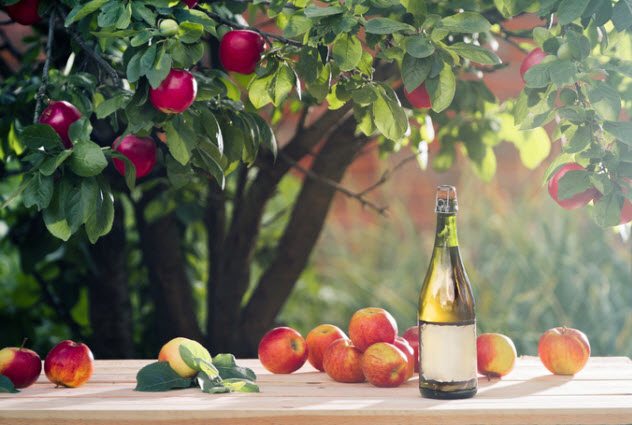 Apples have been eaten since before Jericho’s walls were built. They were revered in Western cultures as a mythical symbol and still are respected as a daily health remedy.
Apples have been eaten since before Jericho’s walls were built. They were revered in Western cultures as a mythical symbol and still are respected as a daily health remedy.
On the great American frontier, Johnny Appleseed planted plenty of apple trees for welcome settlers, but they didn’t munch on them. The notion of eating apples was actually rare since most varieties were bitter and unpleasant. Over time, apples were selected to become larger and tastier, but until then, their main purpose was to create another product.[8]
Apple cider was championed as the most valuable, most available beverage of early America. Compared to the water and whiskey of the colonies, homegrown apple cider could be counted on as a personally confirmed sanitary and healthy drink.
Originally only made as hard cider, which was alcoholic, demand greatly fell during Prohibition. To continue to use their apple stock, producers rightly marketed apples as being directly edible after breeding sweet, nutritious varieties.
2 The Rhubarb’s Warning
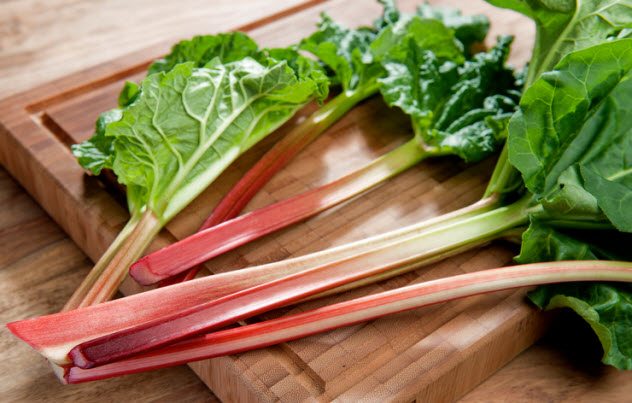
The plight of China during the Opium Wars was tragic. Technologically superior militaries allowed Western nations to bully China and steal its wealth. The worst offense was the introduction of opium, which ruined many lives due to uncontrollable addiction and poverty.
After failing to prevent the blockade of Canton, a major trade province, Chinese officials were desperate to retaliate. It would have taken too long to modernize their military, so they looked to other solutions.
To regain respect in trade agreements for their country, officials researched the English to determine if an embargo of a few vital products would help. The studies of Lin Tse-Hsu, the Chinese commissioner in Canton, had exaggeratedly shown him that without rhubarb, tea, silk, and other goods, the people of foreign nations would be devastated.
In a famously ignored plea, Lin sent a letter to Queen Victoria stating that since opium was clearly understood as an illegal, destructive drug in the United Kingdom, it should not be immorally exploited in China.
He proposed that if China were to embargo its rhubarb, widely used as an effective laxative, entire populations of Westerners would start to die of constipation. Unfortunately, he did not realize that these goods were luxuries rather than requirements.
The misunderstanding was recorded in the letter for history to demonstrate the confusion and hope of the vulnerable East.[9]
1 The Breadfruit’s Mutiny
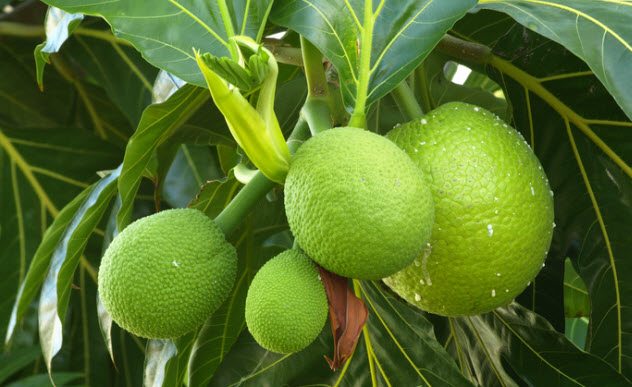
Breadfruit was discovered by a scientific crew in Tahiti, an island located in the center of the South Pacific. Eighteenth-century Europeans had gathered to witness the transit of Venus, an extremely rare astronomical event which is similar in nature to a solar eclipse by the Moon.
With them was botanist Joseph Banks, who correctly and impressively identified the breadfruit as a cheap and nutritious fruit, albeit for the mistreated slaves of the sugar plantations. King George III directed Lieutenant William Bligh to gather this potentially valuable fruit.
Bligh’s crew on the HMS Bounty enjoyed the shores of Tahiti and eventually departed with 1,000 breadfruit plants. However, master’s mate Fletcher Christian led a revolt, discarding Bligh and his followers in an open boat.
Since both Bligh and Christian survived, the history on the reasons behind the mutiny is impossible to truly know. Bligh may have been abusive, Christian may have gone insane, or the crew may have simply wanted to return to the Tahitian women and beaches.
It is confirmed, though, that Bligh had been saving water for the fruit instead of his men. Though dutiful, this would definitely have raised issues.
As an excellent navigator, Bligh managed to safely sail thousands of miles to a hospitable Dutch island, returned to the UK as a hero, and went on to finish the job by bringing back 2,126 breadfruits on his second voyage. Unfortunately, his work was all in vain as the slaves absolutely refused to eat them due to their bland taste![10]
Damian Black is a lone archivist interested in the corruption of pure science.
Read more deliciously sweet stories about fruit on 10 Mythological Origin Stories About Fruit and 10 Fascinating Facts You Didn’t Know About Fruits.








